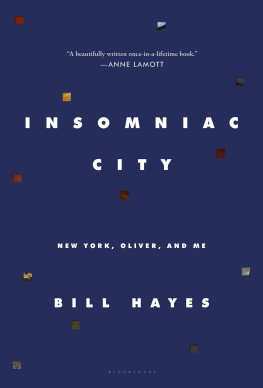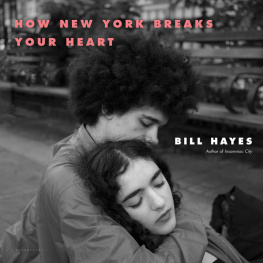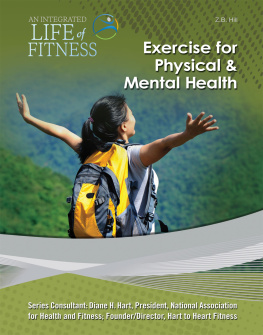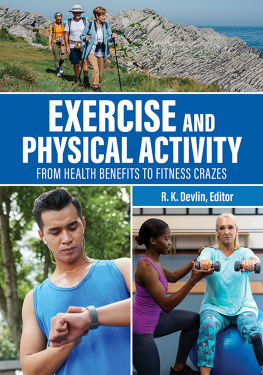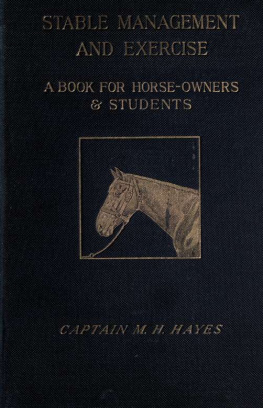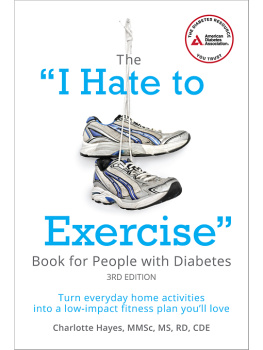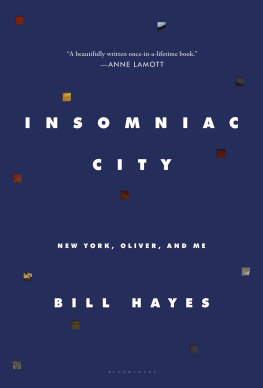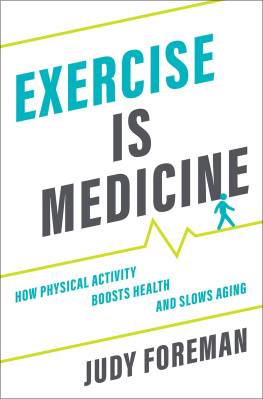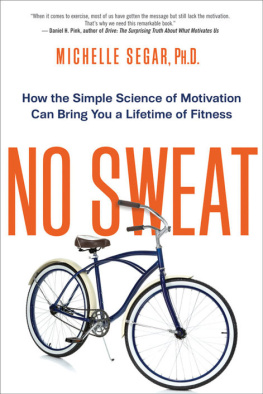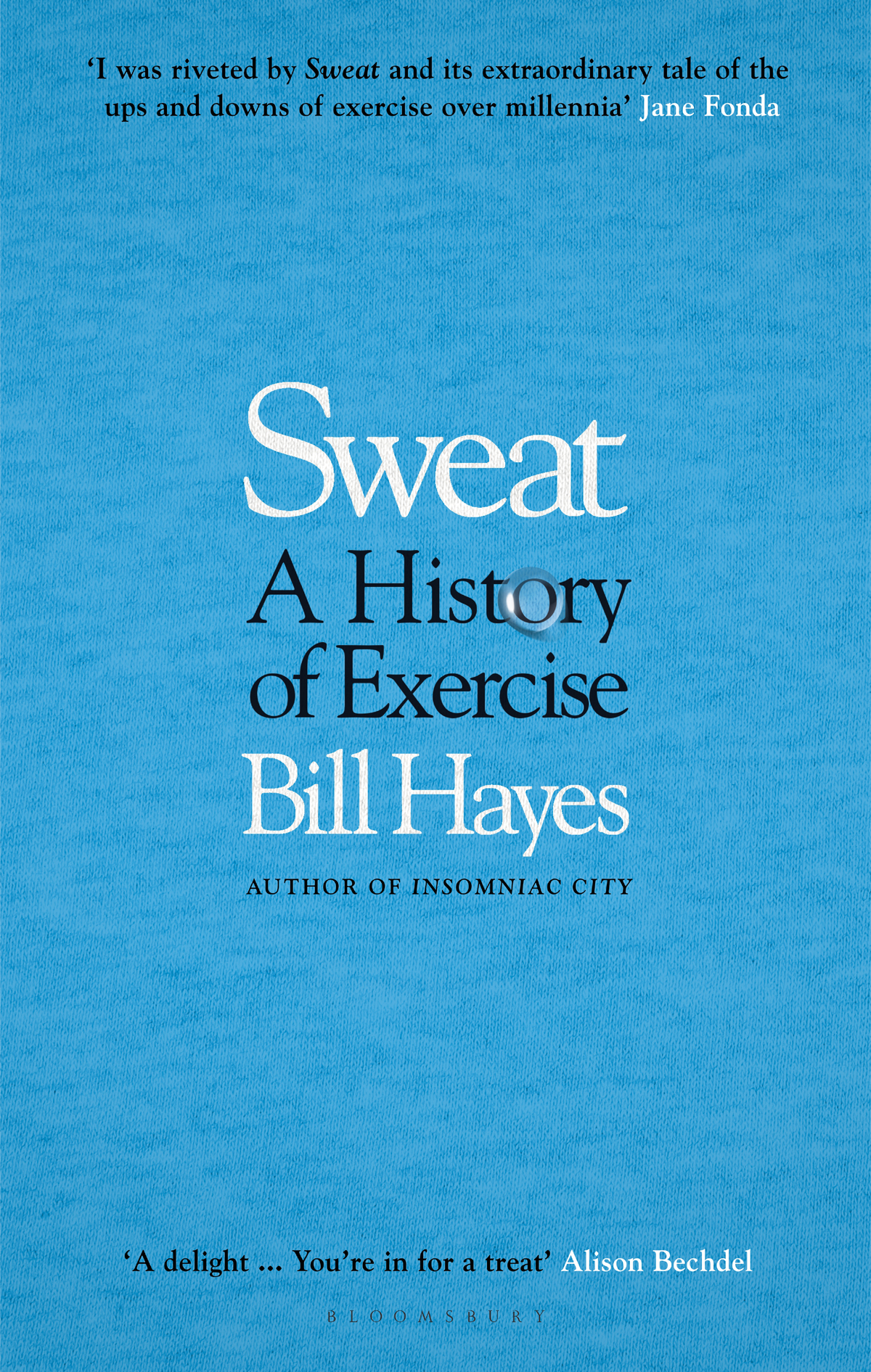Contents
Guide
Pagebreaks of the print version

BY THE SAME AUTHOR
How We Live Now: Scenes from the Pandemic
How New York Breaks Your Heart
Insomniac City: New York, Oliver, and Me
The Anatomist: A True Story of Grays Anatomy
Five Quarts: A Personal and Natural History of Blood
Sleep Demons: An Insomniacs Memoir

CONTENTS
The immortal gods have made it so:
To achieve excellence, we first must sweat.
HESIOD, WORKS AND DAYS , CA. 700 B.C .
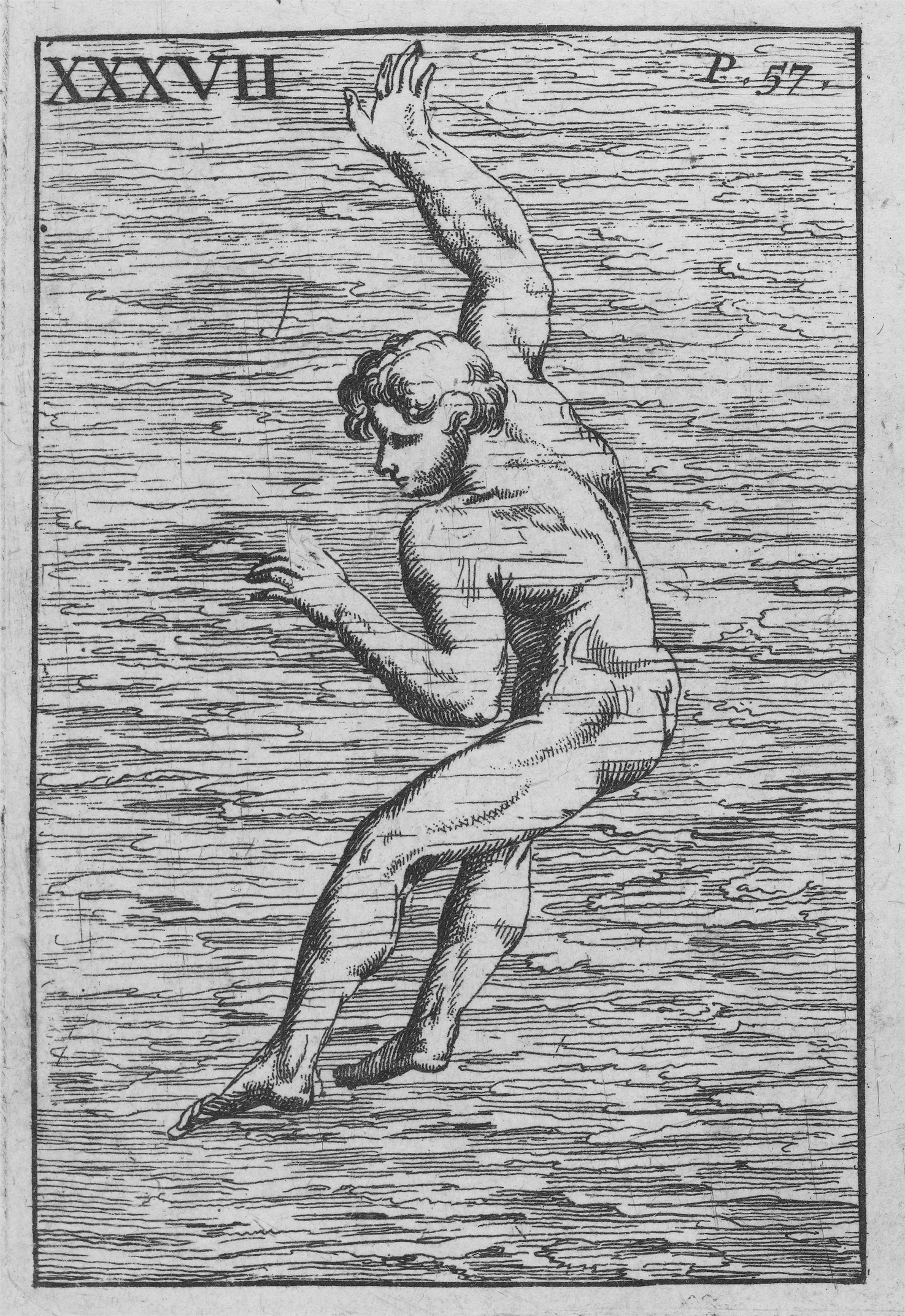
From LArt de nager (The Art of Swimming) by Melchisdech Thvenot, 1696; one of the earliest instructional manuals on swimming
My body has no idea what is about to happen. No idea. I take off my shirt and shorts, my shoes. I sit. I am ready, but still I wait. I am preparing myself, or think I am, but cannot. I look into the water, as if for a sign. There is none. And then something urges me forwardresignation, or impatience, or maybe its merely that the dock flies are biting meand I push off. There is violence in this: the body breaking the glassy surface, crashing through it, the blasting noise in ones earsand the feeling on ones skin, of ones skin and nerves, down to the bones. It is a sensation not unlike pain.
I suppose it is pain. I think of icicles breaking. There is sharpness. I have my goggles on and see what I feel: chaos, a watery chaos, a chaos of sensations. Murky greens and browns and blacks and also splashes of white, like slashes of paint, through the transparency, through the vitreous of the eye of the lake. I see my arms akimbo before me, and bubblesair bubbles. I feel like a scuba diver with no gear, and there is a flash of panic; the water is cold, fifty degrees Im told, and I am almost confused by it, the not-rightness of it. But in that same instant, I am moving forward, pushing through the water, onward.
I kick hard, instinctively feeling that by kicking I will get away from the cold. There is nothing else to do. Now I see my arms stretched out before me, my hands in a V, and I am bulleting through the water, conscious that I am movingflyingand that the air in my lungs is running out.
I see the green transparency lightening, the surface nearing. I reach my right hand forward as far as I can and my left arm back, as if pulling the string on a bow, in position to launch into freestyle as soon as I emerge.
Surfacing is the opposite of plunging, but it feels the same, the huge chaos of sensationssensations of temperature, water, force, light. Yes, now there is light as I break through and see the shore, the boathouse, trees, and I grab for air (thats how it feels, gasp is not the right word, it has a physical, muscular feeling to it), grab a lungful, and thrust, pull, kick, rotate: swim. I go as far as four or five breaths will take me, as far as I can go without thinking of anything else, then turn around. Climbing onto the dock, my skin and muscles are taut, oxygenated.
Later, a friend asks me why I would do thisits October, for Gods sake; the lake is freezing.
Because I can, I say.
Someone once told me that the American composer Virgil Thomson, on turning ninety, said that he was happy at last because now he no longer had to take any exercise. (He lived two more presumably exercise-free years.) This would not be my attitude. One of my big fears about getting old is that I wont be able to get any exercise at allthat Ill be stuck in front of a TV, bedridden, not able to lift, run, take a walk. Please, shoot me first. No, wait. Throw me into a lake. I want to go out swimming when the time comes.
Its in my DNA in some way, this desire for the physical. From as young as twelve or thirteen, I had a keen interest in the human body, which led me later in life to write books about the science of sleep, the history of human blood, and the story behind the classic nineteenth-century text Grays Anatomy . For this, I spent a year studying anatomy alongside first-year med students, doing full cadaver dissection and trying to get a feel for what the original Henry Gray had done. After finishing that book, I had time on my hands and spent hours working out at a gym, running, going to yoga and spin classes. Exercise and I had a long history by this point, yet the notion that exercise itself might have a historythat there could be such a thingnever occurred to me until one afternoon at the gym about twelve years ago.
I climbed atop a StairMaster, long my cardio machine of choice, both because it kicks your butt and gives you a certain psychological liftyou are a good four feet taller than those on the floor and feel like you can conquer anything. I punched in my usual programFat Burner, level 15, at twenty-five minutes. I arranged my towel and bottle of water, and thumbed in my iPod earphones. My finger found the machines START button, that small green circle, so powerfully endowed; each time you press it is a chance to wipe the slate clean and absolve yourself of somatic sins. Yet for some reason, I hesitated a moment on this particular day. I took in the scene before memen and women of all ages and diverse origins, lifting weights, back-bending over giant rubber balls, fitting themselves into torturous-looking apparatuses, pulling themselves up on chin-up barsand a thought popped into my head: How did we all end up here? If I were to trace a line back in time to the beginnings of exercise, where would I land?
I stood there and thought for a long while before pressing CLEAR , then took up my towel and water and climbed back down. What I did next was pure reflex: I went to the library.
Libraries, like gyms, have always been a refuge for me, just as gyms, like libraries, have always been places of learning. I started poking around. I found lots of listings in the card catalog for health and exercise manualsmost from the present day, but also a surprising number from the nineteenth century and earlier. The titles were tantalizing: Exercising in Bed ; Man, the Masterpiece ; and a mouthful from 1796, An Easy Way to Prolong Life, By a Little Attention to Our Manner of Living, Containing Many Salutary Observations, on Exercise, Rest, Sleep, Evacuations, etc. , whose author was listed only as Medical Gentleman.
Unfortunately, all these old volumes were long lost or missing, and I didnt find a book that succinctly answered my question about the origins of exercise. That was that; I didnt pursue it further, as other concerns soon took over. I decided to move to New York, something I had wanted to do since I was a kid. I felt that it was now or never, so at age forty-eight, in the spring of 2009, I started my life over. I got a full-time job. I fell in love with my late partner, the neurologist and author Oliver Sacks. I got to know the city. I lived on the West Side of Manhattan for a year, then on the East, then moved back to the West. I had a full-time job and didnt have much time for writing, although I always had time for working out. I belonged to seven different gyms in a three-year period until I found one with which I shared the right chemistry. It is a physical relationship, after all.
Every now and then in my reading, exercise and history, history and exercise, would come up. Occasionally, Id jot a note on a scrap of paper and stuff it into a desk drawerfor instance: Freud biography, p. 183See footnote . I had dog-eared a page describing how some of Sigmund Freuds early followers shared a passion for physically demanding forms of exercise, a striking contrast to the long periods of sitting required for psychoanalysis. Karl Abraham was an avid swimmer and mountain climber; Ernest Jones, a figure skater. (Jones even wrote a book on figure skating, The Elements of Figure Skating , in addition to his own biography of Freud.) As for Freud, he took long mountain walks. That fit. Do you choose your form of exercise, or does it choose you? I thought to myself.


